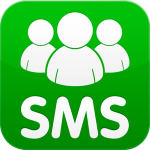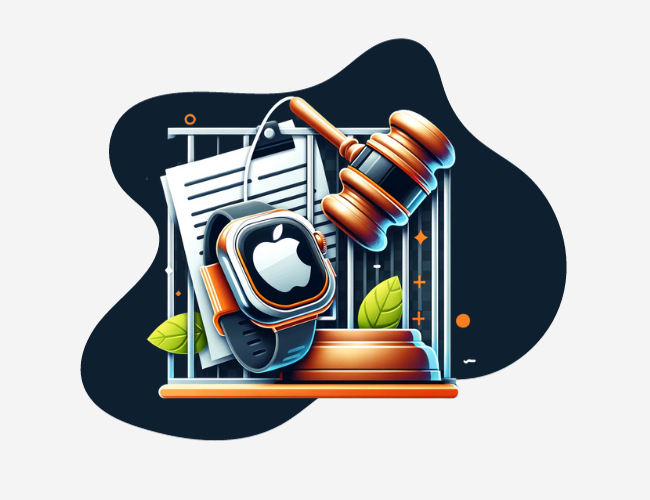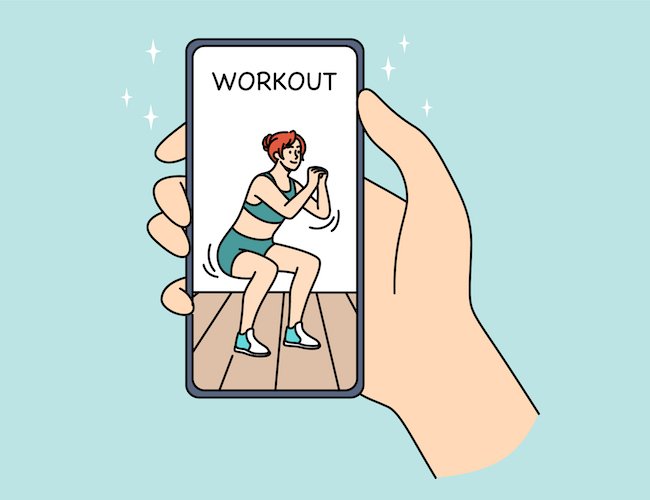On December 3, 1992, the first ever short message service (SMS), or text message, was sent, making this nearly ubiquitous service 22 years old. A short “merry christmas” was sent, and little did people know that quadrillions of text messages later, SMS would be the “king of electronic communications.”
With annual text traffic expected to reach 9.4 trillion by 2016, the rise of text messaging as an optimal form of communication is driven by a number of factors unique to SMS.
- Perfectly Sufficient – At 160 characters or less, text messages provide enough information to communicate effectively without reaching “stop reading” point with audiences. FUN FACT: The golden number was hit upon after studying word counts on a decidedly low-tech platform, the humble postcard.
- You Can’t Read What You Don’t Open – According to a report commissioned by SinglePoint, it was found that text message open rates exceed 99%, and even more shocking is that 90% of all text messages are read within 3 minutes of being received on the mobile phone. Compared to open rates of emails, which rarely exceed 30%, text messages reach its audience.
- Relatively Inexpensive – SMS is a very a cost efficient solution, and by virtue of not being the cheapest solution (email), the quality of the messages have not been diluted by spammers, resulting in higher open and read rates.
- Mobile Centric – The ability to communicate through mobile devices is critical in today’s environment. This is not to say emails cannot be mobile friendly, but text messages are mobile centric, making them more accessible and consumed more often. According to Pew Research, 52% of adult cell phone owners send or receive emails on their mobile phone compared to 81% that send or receive text messages.
- Proven By Vendors – There is a reason that leading companies are incorporating SMS into their communication strategy. Facebook, Uber, Bank of America, Verizon, and many other companies now look to communicate with their users via text messages because it drives higher engagement and compliance. Despite having the ability to send push notifications through their mobile apps, these leading companies realize that SMS is the best means to reach and communicate with their audience.
 So what does this mean for employers, health plans, and community wellness organizations? Organizations looking to drive engagement, deliver health content, and increase compliance and adherence need to embrace an old (22 years old to be exact) but proven way to connect with their target audience. SMS delivers affordable results and has been vetted by consumers and leading companies across the world. As a leading company in health and wellness, Wellable embraces SMS for health content delivery and engagement. Contact us to learn more about how text messaging may be right for your wellness program.
So what does this mean for employers, health plans, and community wellness organizations? Organizations looking to drive engagement, deliver health content, and increase compliance and adherence need to embrace an old (22 years old to be exact) but proven way to connect with their target audience. SMS delivers affordable results and has been vetted by consumers and leading companies across the world. As a leading company in health and wellness, Wellable embraces SMS for health content delivery and engagement. Contact us to learn more about how text messaging may be right for your wellness program.












